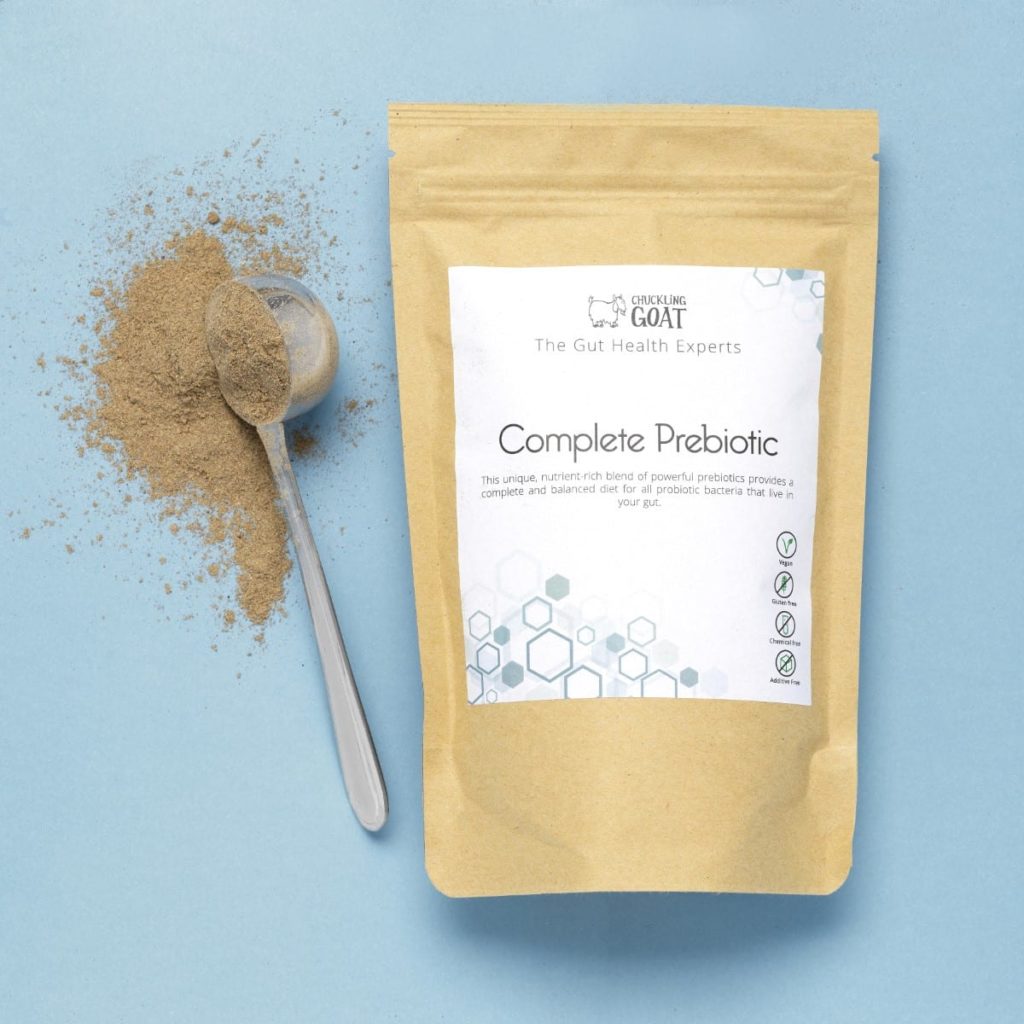So, this week is Global Prebiotic Week! (Seriously, who makes these things up?)
In honour of the occasion, we thought that we would do a quick little PREBIOTIC PRIMER, to clear up any lingering confusion about what prebiotics are, and why you should care.
What is a prebiotic?
Prebiotics are types of dietary fibre that feed the friendly bacteria in your gut.1 So prebiotics are food for probiotics (contained in kefir).
Why do I need prebiotics?
Because if you don’t feed the good bacteria inside your gut, they will die off and be replaced by bad bacteria. It really is that simple.
How do prebiotics work?
The good bugs inside your system munch up and ferment the prebiotics, which are plant fibres that that your human cells can’t digest. Then your good gut bugs produce short chain fatty acids like butyrate, that reduce the amount of inflammation inside your gut. No prebiotic for the good bugs to ferment – no anti-inflammatory action inside the gut.2
What are good sources of prebiotic?
Chicory root, dandelion greens, jerusalem artichoke, garlic, onions, leeks, asparagus,, bananas, barley, oats, apples, konjac root, cocoa, burdock root, flaxseeds, yacon root, jicama root, wheat bran, seaweed.3
Can I just eat one type of prebiotic?
No! Diversity is key here. Your gut bugs are fussy eaters, and each eat a different strain of fibre. There are 21 different types of fibre tested in the Microbiome Test, and you should have a variety of fibres available in your diet.
Sounds complicated – how can I simplify?
We’ve found 18 naturally available sources of different prebiotic fibres, and combined them into a quick-and-easy powder called the Complete Prebiotic. This is the most diverse prebiotic available anywhere in the world. Just add a 10 g scoop into your Gut Health Smoothie daily – job done!
Any questions? As ever, our lovely Nutritional Therapists are standing by on live chat to answer your questions from 8 am to 8 pm weekdays.

















